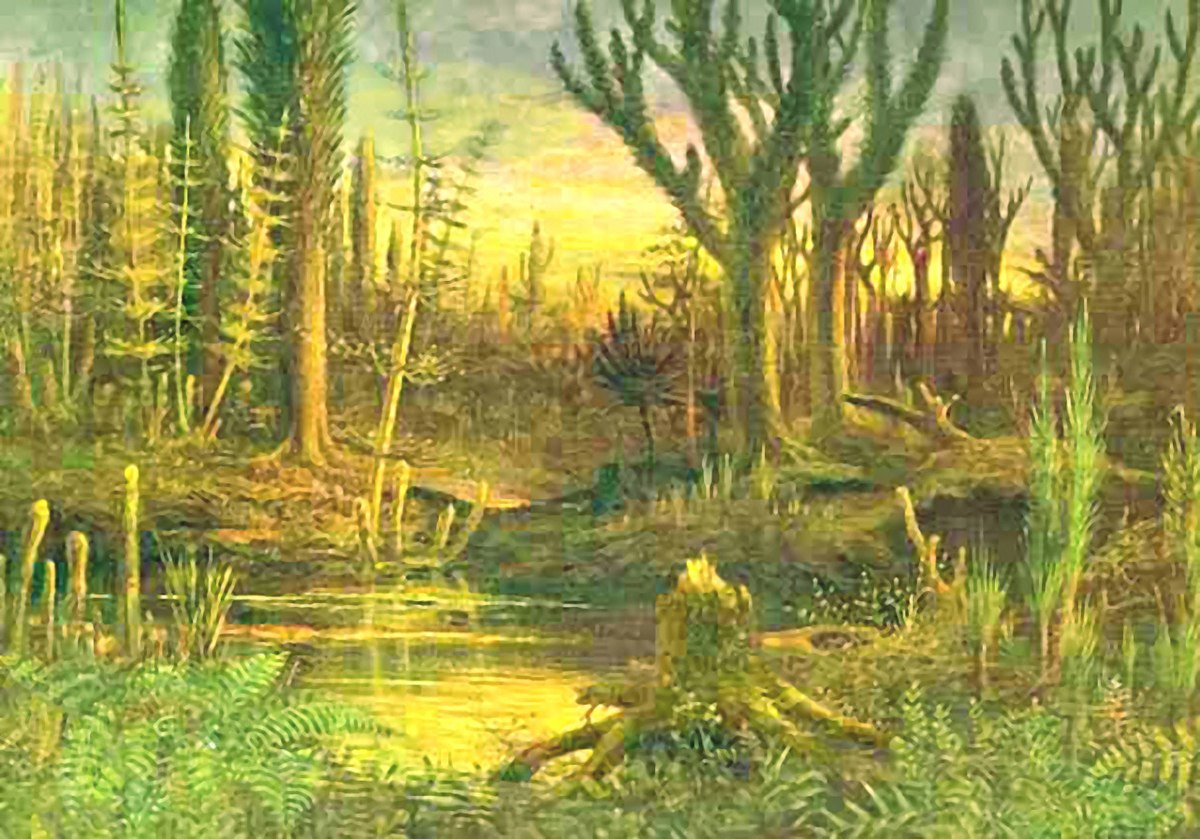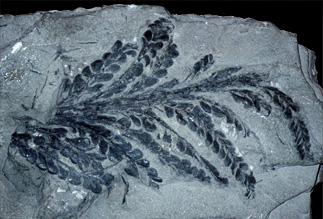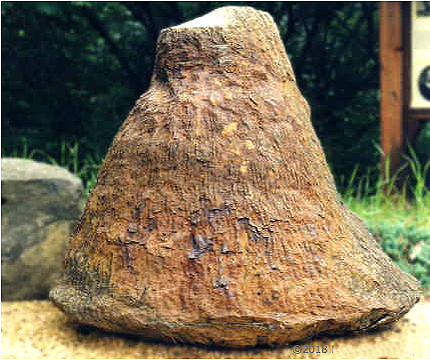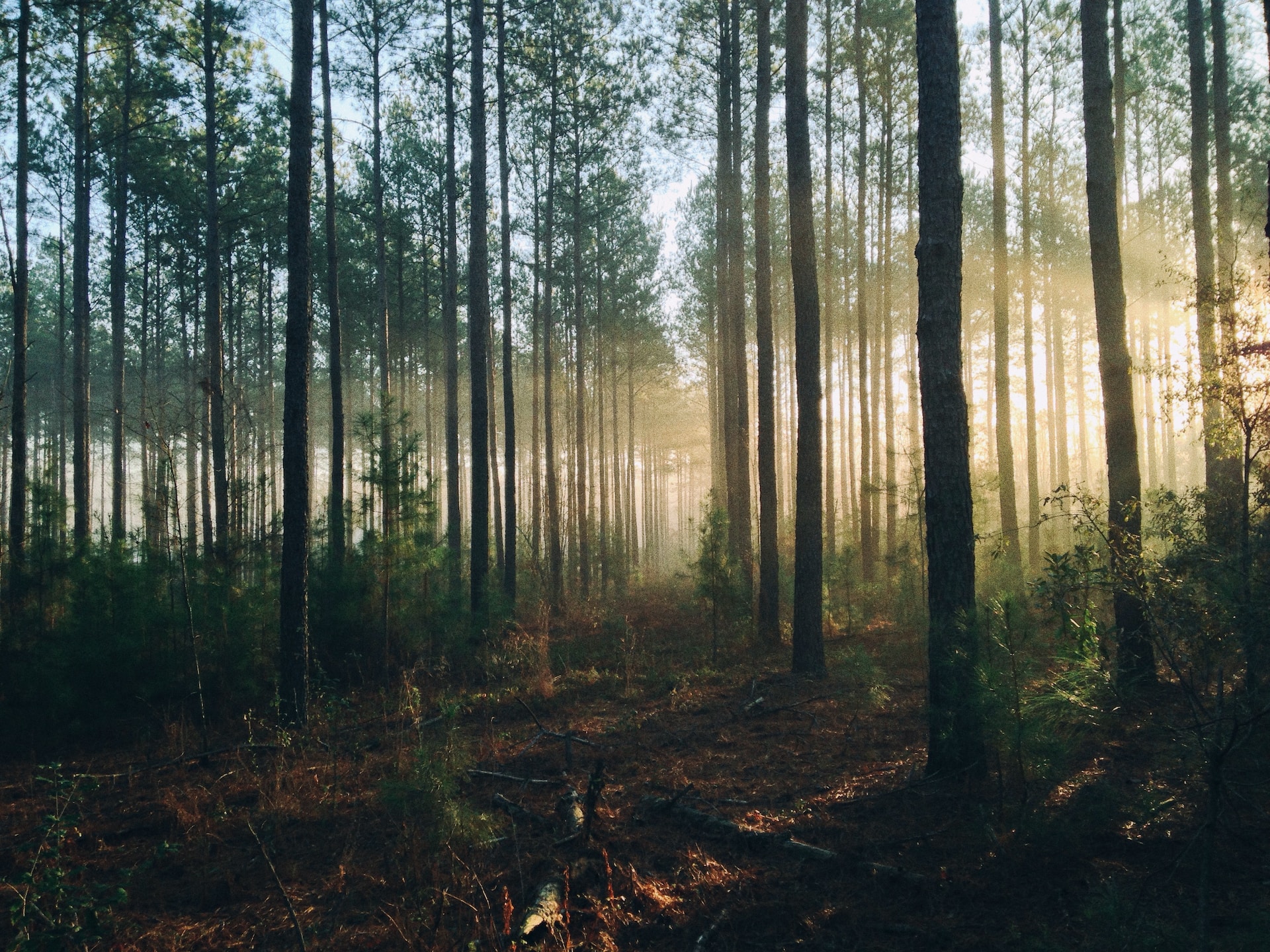Two groups of researchers have identified the world’s oldest forest, which contains fossilized tree roots dating back to 385 million years ago.
As the old saying goes, nothing lasts forever—especially with the ephemerality of the natural world. Yet vestiges of the past remain on this earth, as many scientists continue to study ancient remains of lifeforms that predate human existence. Many plants, particularly trees, are some of the oldest living things on this earth; these flora have seen species and empires fall for hundreds of years. Recently, two groups of scientists from the University of Binghamton in the U.S. and University of Cardiff in Wales have identified the world’s oldest forest, dating back to 385 million years ago.

The fossil forest spans 250 miles, and lies beneath a quarry in the town of Cairo, New York, which is just a two-hour drive away from the East Coast’s bustling city center, as per Emma Richter of Daily Mail.
READ ALSO: Power Symbols: 5 Exquisite Royal Headpieces From Different Cultures Around The World
The Cairo forest’s age dates back to the Mid Devonian period, indicating that it may be even older than certain species of dinosaurs and was likely seen by the reptiles as well, reports the BBC. Though scientists discovered the location in 2009, it took years of research before they were able to fully investigate it and provide an estimate of its age, according to Colin Barras of Science. The BBC adds that the mapping endeavor started five years ago in 2019. The forest now holds the title of oldest in the world, followed by the Amazon rainforest in Brazil and Yakushima Forest in Japan, as per David Lansel of the New York Post.
A Progenitor Forest
Perhaps the most impressive aspect of the ancient area is its major contributions in creating the earth’s atmosphere as we know it today, writes Barras in his feature for Science. It’s a progenitor of sorts, as its fossilized tree roots show. According to scientists from the research team, the remains belong to a species of tree called Archaeopteris.
Kevin Boyce, a geoscientist at Stanford University, tells Science that the ancient trees possessed large roots that would penetrate deep into the soil, breaking rocks in a process called “weathering,” which is the catalyst for pulling carbon dioxide (CO2) from the atmosphere. This eventually resulted in levels of CO2 that are closest to the ones we have today.

Patricia Gensel, a paleobotanist at the University of North Carolina, adds that the discovery has changed current knowledge about the ancient trees. Before it, scientists thought that such complex root systems only came to be 365 million years ago, based on the oldest Archaeopteris samples at the time. However, the forest in Cairo has shown that such trees already existed with these features 20 million years prior.

The BBC adds that the fossilized trees of the Cairo forest didn’t reproduce through seeds like today’s species, but rather through spores traveling through the air, much like fungi.
Preserving a One-Of-A-Kind Area
The Cairo forest isn’t the first ancient one out there, as scientists also found one in Gilboa, New York (40 kilometers away), reports Science. For quite some time, the Gilboa forest held the title of oldest at 382 million years old. However, scientists say that its fossils belonged to tree species that were more primitive than the specimens in Cairo forest, ones that are much closer to today’s ferns. As such, they didn’t possess the large, wooden roots that greatly contributed to weathering processes. The Cairo forest remains a significant piece of the past that has shaped the natural world today.

Those interested in visiting the remarkable site may be a bit disappointed, as it’s currently a protected area for scientific research, as per the New York Post. Still, one can at least take pleasure in the idea that such a marvelous place has withstood the test of time, and is a lot closer to the modern world than we think.
Banner photo by Lukasz Szmigiel via Unsplash.





